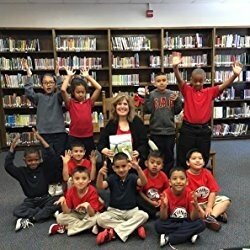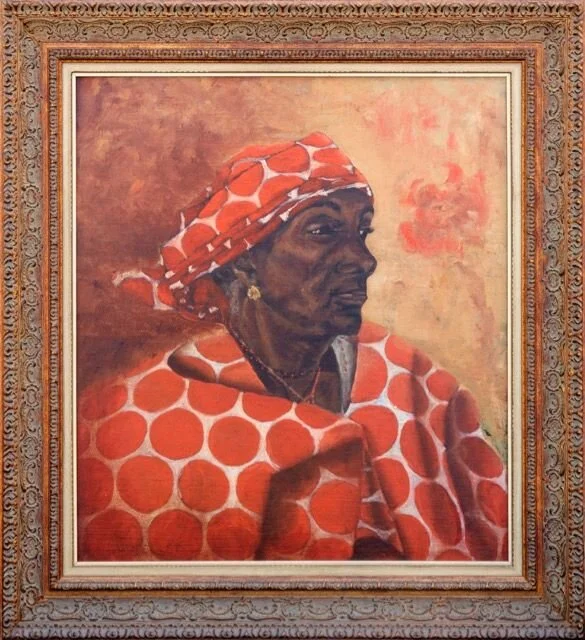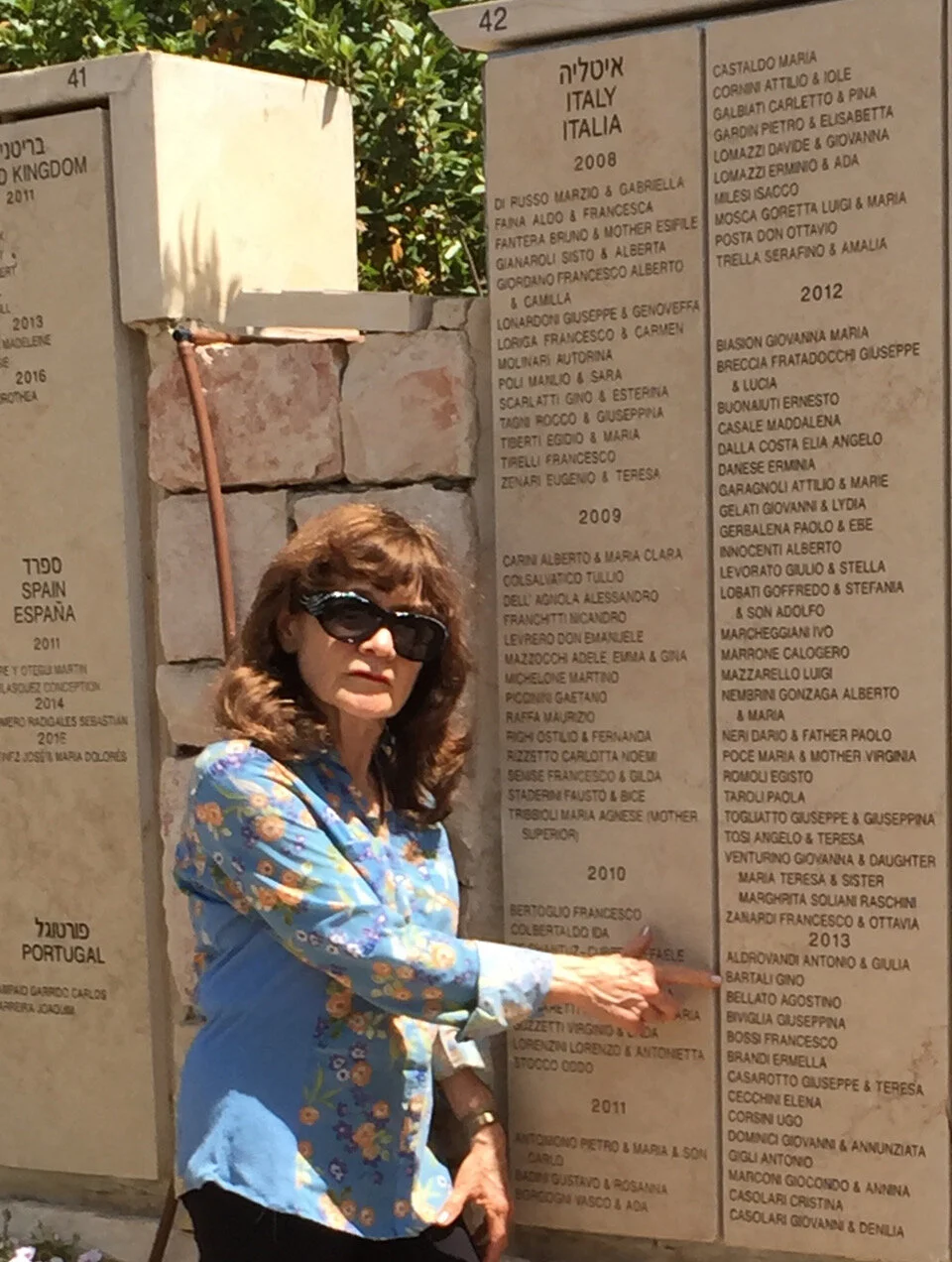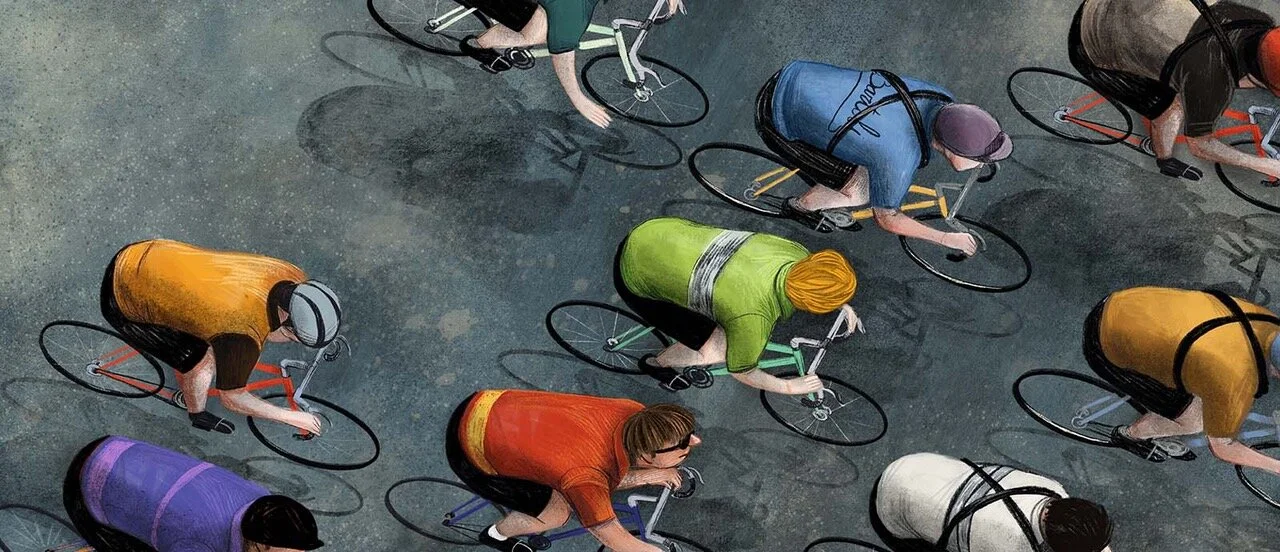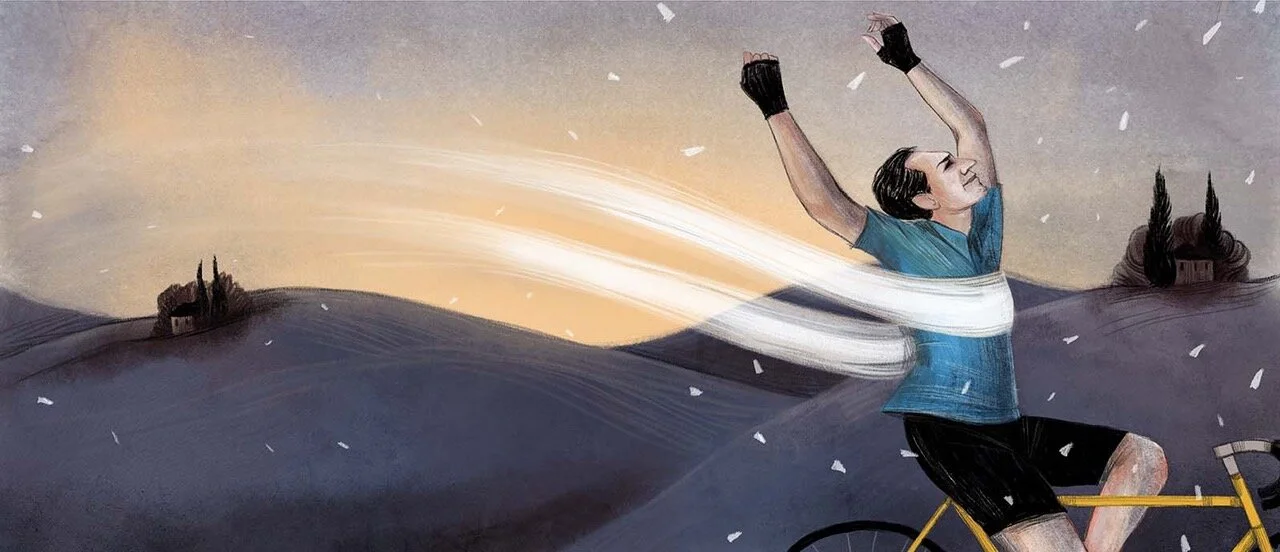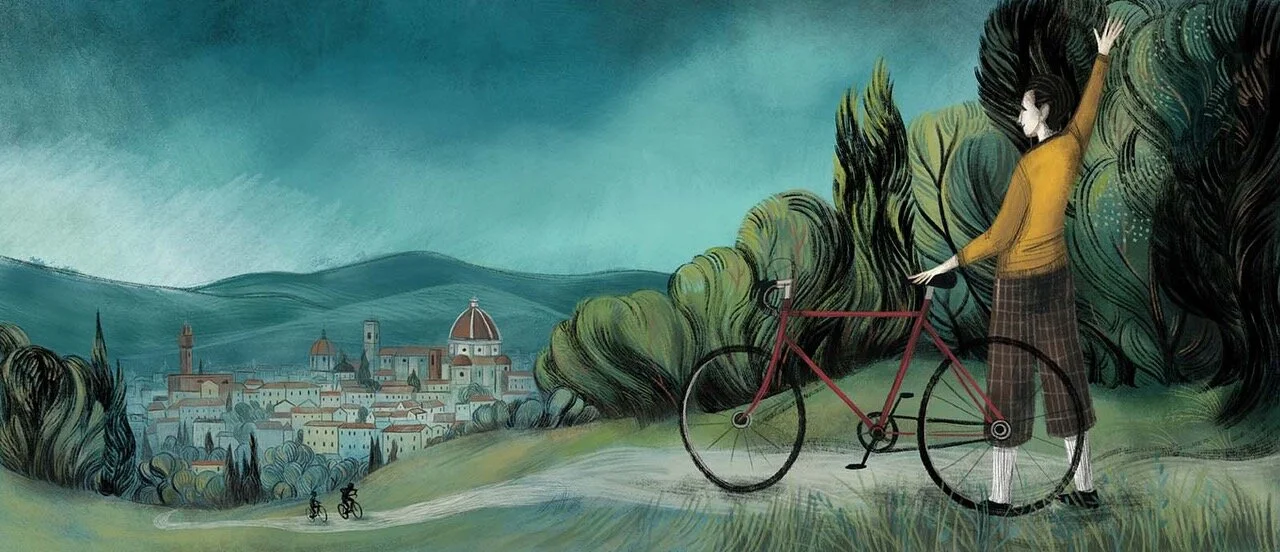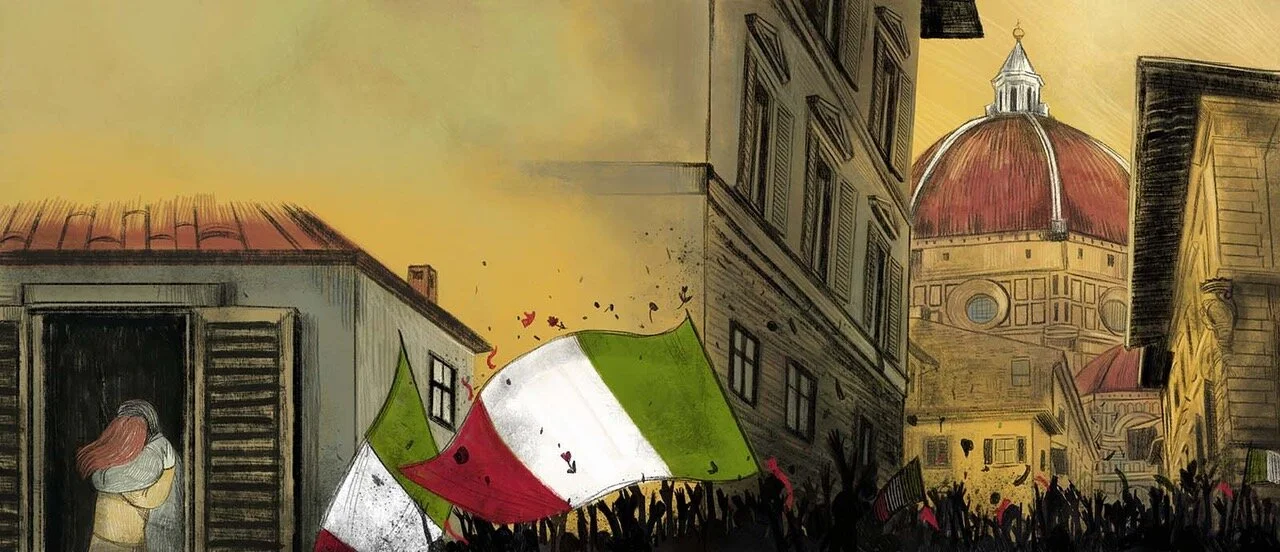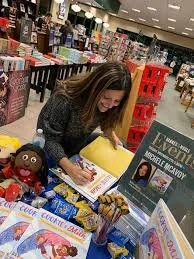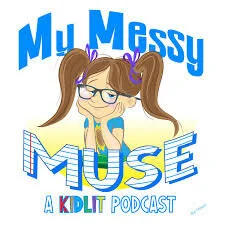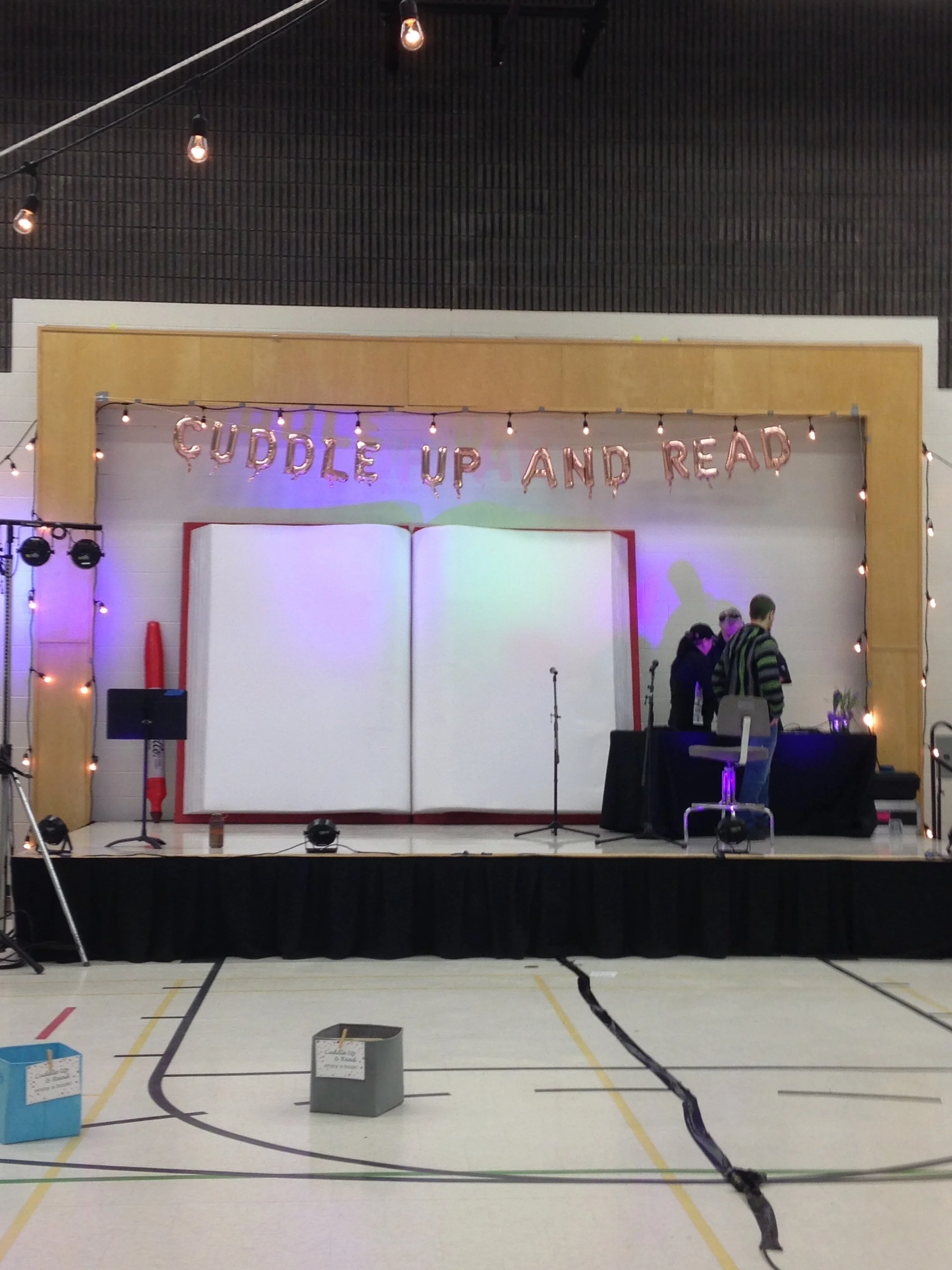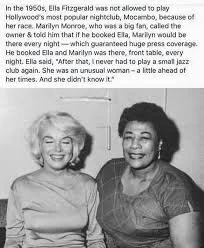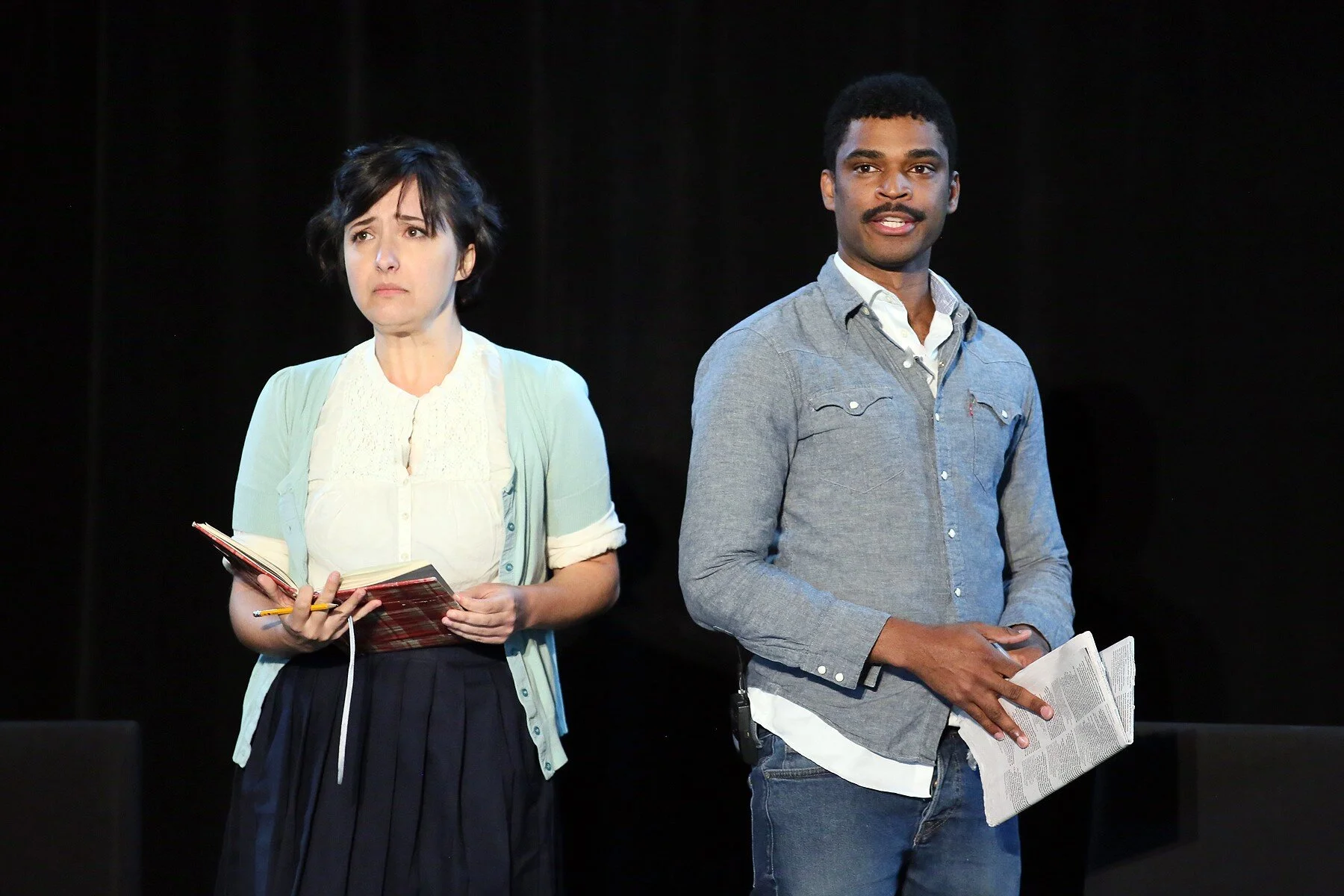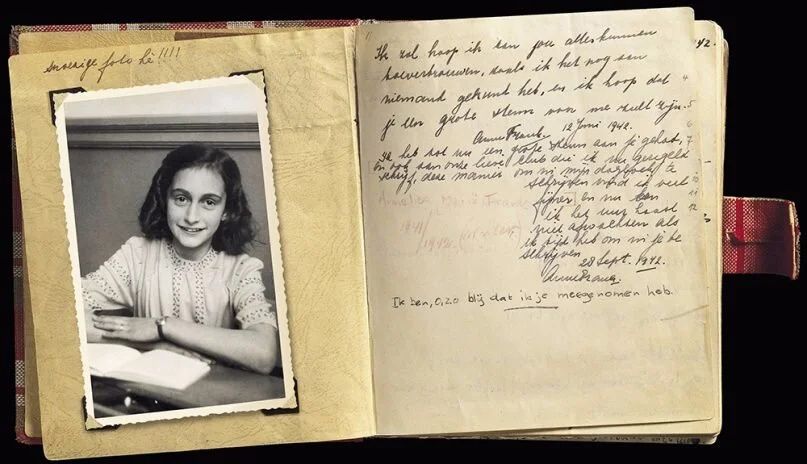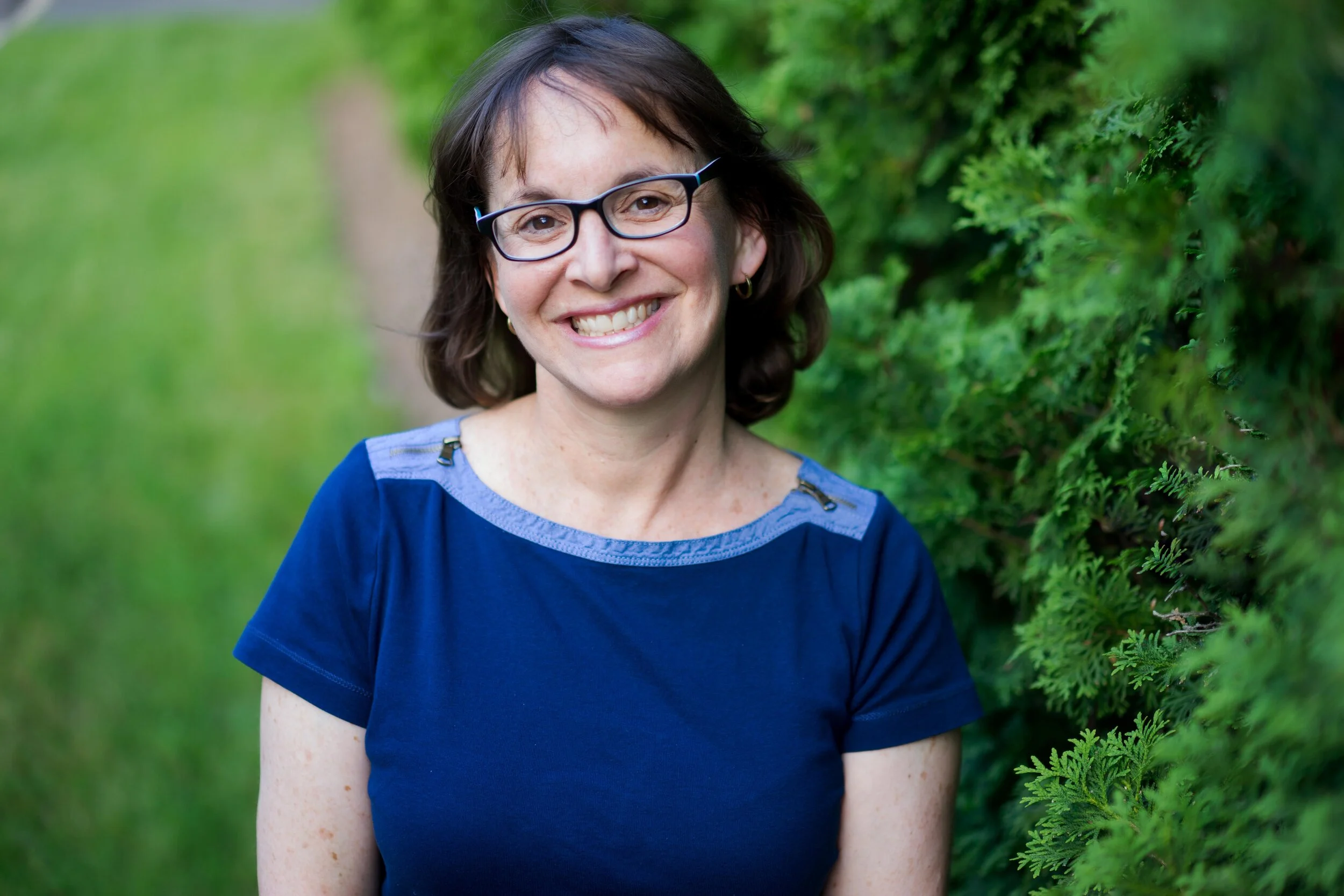If you had any doubts that librarians are heroes, author Christine McDonnell and illustrator Jeanette Bradley dispel that in When the Babies Came to Stay, a new picture book about four babies that appear mysteriously on an island. Nobody knows what to do when one is discovered in the mail bag, two are left on the ferry and one is found sleeping on the fish pier on a pile of nets. knows what to do. Well, not quite nobody. There’s one person who takes charge in this lovely book, published by Viking in March.
Christine, a onetime children’s librarian (and hero!) at the New York Public Library, is the author of ten books for children:, including picture books, chapter books, middle grade and young adult novels. A graduate of Barnard College and the Columbia University School of Library Service, she received an MFA from Hamline University. We’re so happy Christine took time to hang out with us on THE KIDS ARE ALL WRITE. Welcome, Christine!
Christine McDonnell
What was your inspiration for When the Babies Came to Stay?
I wrote the early drafts of When the Babies Came to Stay in the summer of 2017, staring out at Vermont cows and the Lowell Mountains, taking a break from working on a chapter book. I love mysteries and islands. I used to drag my family to islands off the coast of Maine and I always imagined it would be neat to live on one. The babies are named for mystery writers: Agatha Christie, Bram Stocker, Charles Dickens, Dorothy Sayers.
As to where the babies came from, the librarian in the book has the best response: some questions don’t have answers; some mysteries are never solved.
When the Babies Came to Stay by Christine McDonnell, illustrated by Jeanette Bradley (Viking)
Can you tell us about your journey with this book, from idea to finished manuscript?
Originally I was thinking of the story as a launch for an early chapter book series, with a book for each of the children. I shared a draft in my MFA program in writing for children and young adults at Hamline University and was urged to try it as a picture book first. I trimmed it and read it to my editor at Viking.
How much time did it take?
It’s came out in March of 2020, which will be a little over two and a half years from first draft to publication.
When the Babies Came to Stay by Christine McDonnell, illustrated by Jeanette Bradley (Viking)
Will there ever be a prequel where we find out where the babies came from or a sequel where we find out what happens to them when they grow up?
It’s possible that I’ll return to these children and the island, maybe as a chapter book but I have no definite plans. I’m sure I won’t write a prequel. Where did the babies come from is a mystery to me and I like to keep it open ended. They need a safe harbor and that’s enough for me.
Did you always know the librarian would be the heroine?
The heroine is a librarian. That didn’t surprise me when it popped up. I’m a librarian as are many of my friends. Librarians are some of the smartest, funniest people I know. I saw the librarian in the story in contrast to the ferryman, the fisherman, the harbor master and the mayor, all of whom have no idea what to do with four crying babies. The librarian takes charge. The Little Red Hen is her favorite book. (Sadly that line was cut.)
Did you have any role in choosing your illustrator, Jeanette Bradley?
I looked at many illustrators’ websites with my editor and gave my opinion. The final choice, however, is made by the editor and the art director. I’m thrilled with Jeanette Bradley’s illustrations. The soft lines and palate create a sense of safe harbor. It’s beautiful! This is the third picture book I have published at Viking. Each has had a unique look, so well suited to the story. I have been so lucky to work with my editor, Regina Hayes, and the art director, Denise Cronin on these books.
You were trained by librarians Augusta Baker and Pura Belpre. What was that like?
While I was in library school at Columbia University in the 1970s I was hired by Augusta Baker as a children’s librarian at The New York Public Library. I worked at the Central Children’s Room, and in the South Bronx, and Spanish Harlem, branch libraries crammed with children. I can’t imagine better training. Augusta Baker and Pura Belpre both had pioneered a demand for books with minority children and books about other cultures and both were famous storytellers. Augusta Baker told Haitian stories and Pura Belpre told stories from Puerto Rico. They were elegant and powerful women, role models and generous mentors. I was so lucky to have known them.
Christine McDonell’s first book was Don’t Be Mad, illustrated by Diane DeGroat (Dial Books)
Who influenced you most as an author?
I started writing children’s books in the 1980s after I heard Uri Shulevitz and Arnold Lobel answer the question, what makes the best text to illustrate? Their response was emphatic— no description. That comment freed me up. My first texts became a chapter book, Don’t Be Mad, Ivy, which was followed by Toad Food and Measle Soup, and other books about the same group of children and then two novels and a middle grade book.
Christine McDonnell’s second book was Toad Food & Measle Soup, illustrated by Diane DeGroat (Dial Books)
My first picture book, Dog Wants to Play, was based on four things: rhyme, repetition, pattern, and predictability, which I learned while doing an author study of Mem Fox with first graders. These make Mem Fox’s books so excellent for early readers. Dog Wants to Play had a second life as a board book and was selected to be part of Dolly Parton’s Imagination Library which sends a book each month to each child under six in the participating communities. I still have the letter from Dollywood on my bulletin board.
Christine McDonnell’s first picture book was Dog Wants to Play, illustrated by Jeff Mack (Viking Books)
Currently I write picture books, chapter books and middle grade fiction. Each requires a different type of story and language. I let the story guide me towards the best audience and form. Revision is the key and I keep a lookout for what my teacher at Hamline, the poet Ron Koertge, calls missed opportunities.
What’s up next for you?
Candlewick is publishing my picture book biography, Stubborn Hope, the story of a Boston activist, Kip Tiernan, and the founding of Rosie’s Place, the first shelter for women in the country. It’s scheduled for publication in 2022. I currently work on picture books and a chapter book. I try to write every day. If I haven’t gotten any writing done by mid afternoon, I head for one of many cafes in my neighborhood where I find it easy to hunker down and focus. Maybe it’s the background hum and the people working on either side of me, or maybe it’s the caffeine and the music.
Thank you, Christine, for visiting us on THE KIDS ARE ALL WRITE!
You can connect with Christine:
On her website: christinemcdonnell.com
On Facebook: Christine McDonnell Author
On Twitter: @cmcdonnellbooks
On Instagram: @cmcdonnellbooks
Jeanette Bradley
About Jeanette Bradley, the illustrator for When the Babies Came to Stay
Jeanette Bradley has been an urban planner, an apprentice pastry chef, and the artist-in-residence for a traveling art museum on a train. Her debut picture book was Love, Mama (Roaring Brook Press, 2018).
Love, Mama, which Jeanette Bradley wrote and illustrated, was her picture book debut in 2018 (Roaring Brook Press)
Jeanette’s upcoming nonfiction poetry anthology, No Voice Too Small: Fourteen Young Americans Making Change, which she illustrated, is co-written with Lindsay H. Metcalf and Keila V. Dawson (Charlesbridge, September 2020). Jeanette lives in Rhode Island with her wife and kids, where they love to take walks on the beach and watch the fishing boats come into harbor. You can connect with Jeannette:
On her website: www.jeanettebradley.com
On Facebook: Jeanette Bradley
On Twitter: @JeanetteBradley
On Instagram: @jea_bradley
On Pinterest: @jeanettebradley
Watch for Jeanette Bradley’s nonfiction poetry anthology, No Voice Too Small: Fourteen Young Americans Making Change, which she illustrated and co-wrote with Lindsay H. Metcalf and Keila V. Dawson (Charlesbridge, September 2020).
